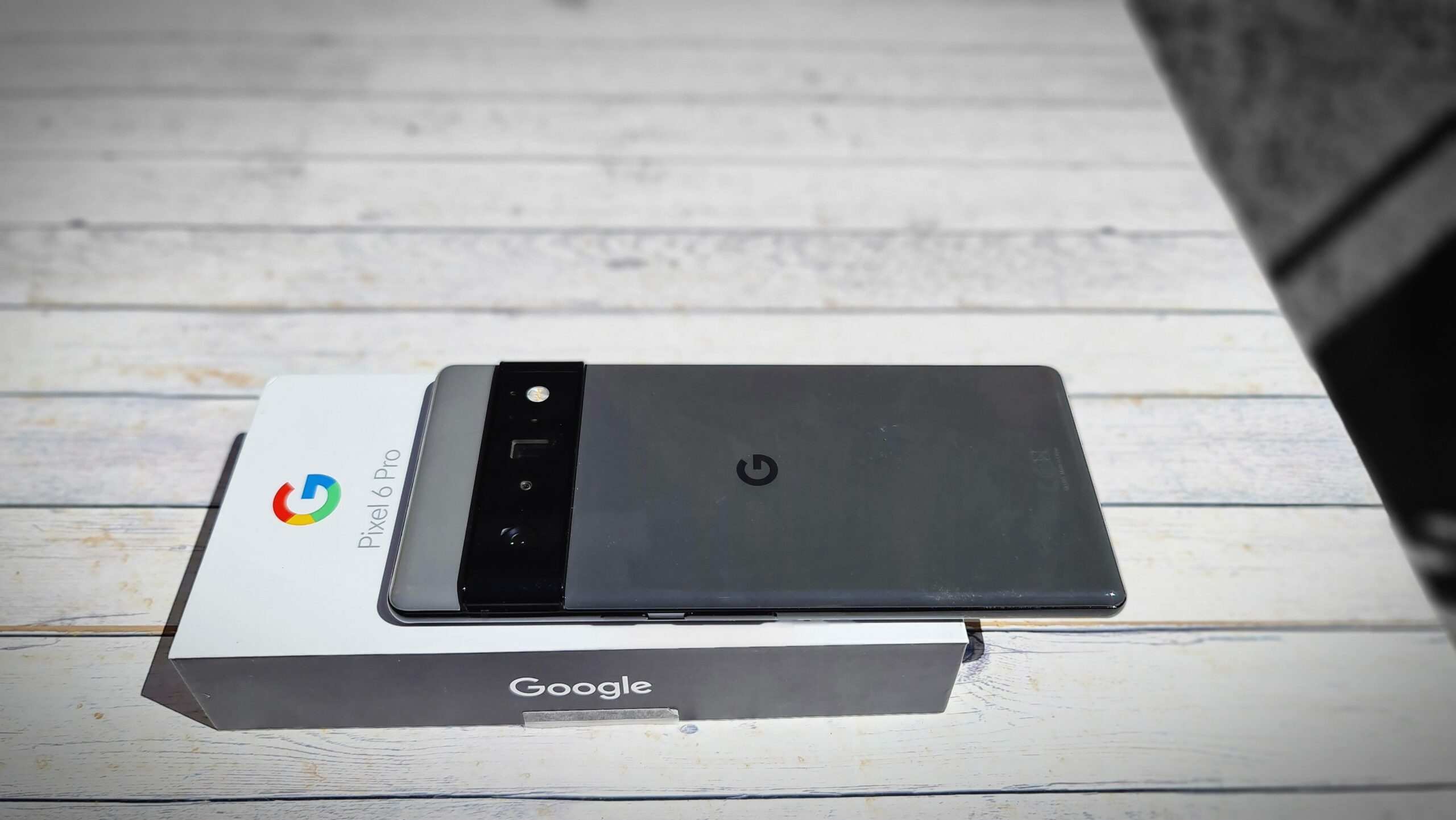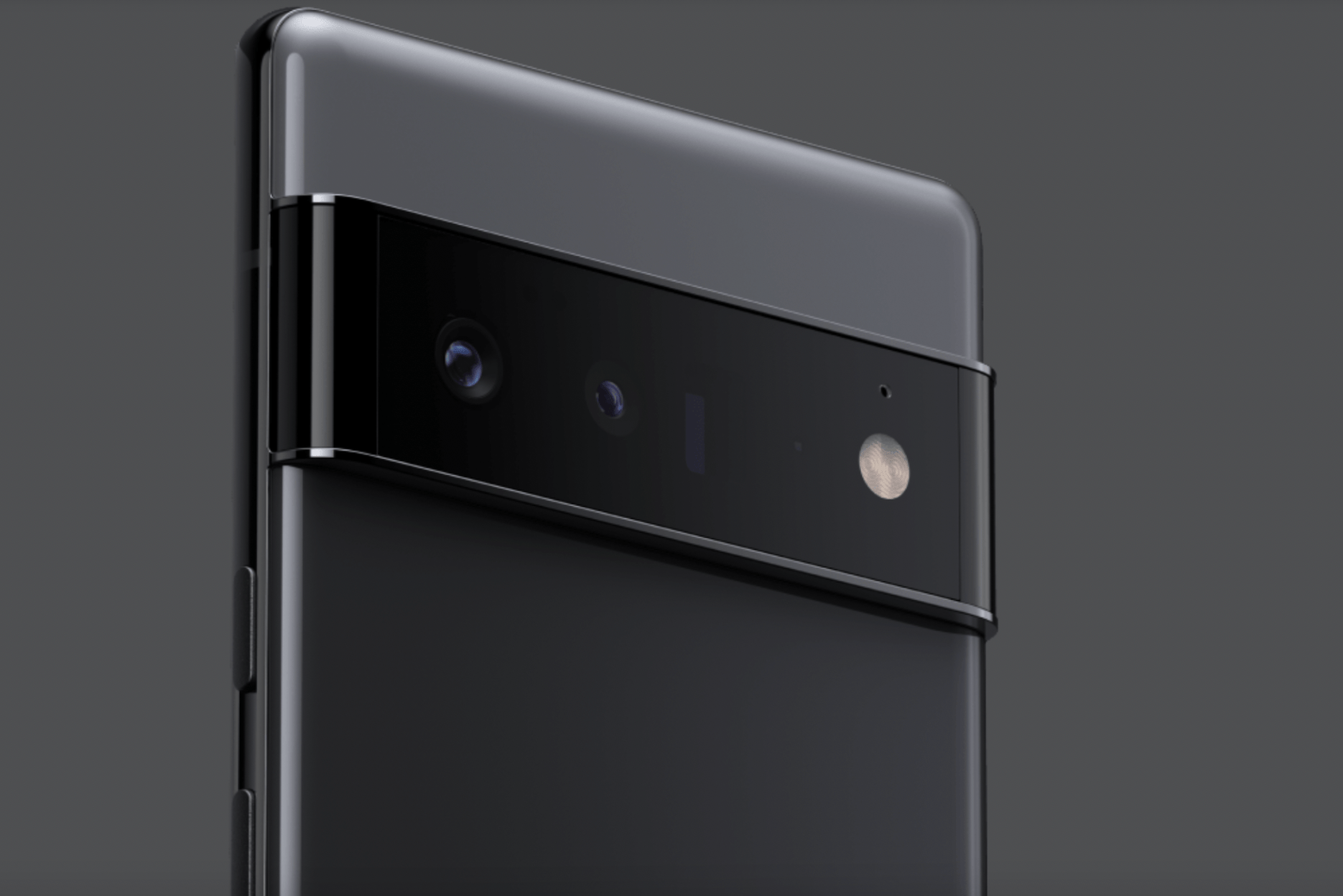The best Android smartphone. Google’s goal was to break with the past, so much so that the Google Pixel 6 Pro was presented as the company’s first flagship. The message is clear: compete with the best in class to offer an alternative to the top of the class, from iPhone 13 Pro to Galaxy S22 Ultra to Xiaomi 12 Pro and Oppo Find X5 Pro. So many innovations have been made in Mountain View’s labs, both on the hardware side with its first processor of its own, and on the software side, which is the terrain for Big G to differentiate itself from others.
The bar that makes the difference
That Google has done a good job, that can be seen at the first glance of the Pixel 6 Pro. Because the design is original, not because of the use of glass and metal, but because of the thick horizontal bar on the back that houses the cameras. It is not a stylistic quirk but a useful choice, which, for example, provides the phone with the stability it needs when typing by resting it on a tabletop. The presence of the bar also has an aesthetic value, as it changes the coloring between the top and bottom: the Pixel 6 Pro in the Sorta Sunny version alternates sand and gold, while the Cloud White is a mix of silver and slate gray in the version. The third version is Stormy Black, without alternating colors and is the one we tested.
The screen is one of the strengths of the smartphone, which mounts a 6.71” AMOLED panel with a resolution of 3120 x 1440 pixels, a 19.5:9 aspect ratio and a density of 512 PPI. Protecting it is Victus Gorilla Glass, while on the back is Gorilla Glass 6. The dynamic refresh rate ranges from 10 to 120 Hz, which adapts to the type of actions performed, minimizing it when scrolling through photos and increasing it when starting a video game instead.
The first Pixel with a triple camera – Google Pixel 6 Pro
In addition to size and RAM, what makes the difference between the two Pixels is the third camera found on the Pro, the first Google phone to mount three ‘eyes’ on the backside. The main camera counts on a 50-megapixel sensor with OIS, which is accompanied by a 12-megapixel ultra-wide lens and the 48 MP telephoto lens with 4X optical zoom. In keeping with Google’s tradition, the photo experience is again packed with automatics, making the Pixel 6 Pro an excellent ally for those who want great shots without having much knowledge of photography.
Thus correcting blurred faces or recognizing the starry sky at night by setting the appropriate shooting mode is an assist in reducing errors. If something is wrong, then, with the Magic Eraser feature you can eliminate the elements that ruin the photo in post-shoot editing. And it is this aspect that enriches the photos of the Pixel 6 Pro, which on a general level are already very good in all the various lighting conditions.


Hardware and software, everything is running great
Having said that the speakers ensure a nice sound and rare problems during voice calls, the strength of the Google smartphone lies in the software, with computational photography driven by artificial intelligence and supported by the Tensor chip, which Google wanted to develop on its own to strengthen the line that combines hardware and software, as Apple did recently. If the phone’s performance is excellent, with responsiveness and speed when launching apps, as well as in the timing of processing shots, the additional features tied to Android 12 are one of the most relevant pluses (pending the next version).
Real-time translation of messages and speakers in videos is potentially one of the most useful (though it all depends on one’s language support), while transcription of audio files via the Recorder app is a small dream realized for those who need to work interviews. Overall, these are signature Google options designed to simplify everyday tasks. Last but not least is the presence of the anti-malware system, with automatic scanning of incoming messages on major messaging apps (WhatsApp, Messenger, Instagram).





What’s wrong – Google Pixel 6 Pro
Slow charging compared to competitors is a limitation of Google Pixel 6 Pro, which needs more than 80 minutes to complete charging the 5003 mAh battery, with fast charging it stops at 30W. And there is no charger in the package. There remains skepticism about the 128 GB of storage, with no possibility of expansion, because in the age of social storage of photos, videos and games the memory fills up quickly (the solution is to rely on Google’s cloud).
Another aspect to review is ergonomics because Big G has produced a large and heavy phone (163.9 x 75.9 x 8.9 mm and 210 grams) that can be difficult for many to handle with one hand and that tends to slip. Therefore, the case is as necessary as ever to safeguard the display and aesthetic originality. There is some doubt about the effectiveness of the fingerprint sensor, for the first time integrated under the screen, which in the initial period of testing did not work well.
Why should you buy it?
Impossible to say that Pixel 6 Pro is better than iPhone 13 Pro or Samsung S22 Ultra, because the judgment remains subjective and unquestionable. The certainty is that Google has made an overall excellent smartphone that is not immune to flaws (like all the others) but is the ideal answer to those who want an Android experience at the highest level. The design is a winning choice because this is a phone that is recognizable even from meters away, plus the price is lower than the competitors mentioned above. 899 euros is a lot, but even with Android updates guaranteed until October 2024 and security updates guaranteed until October 2026, the Pixel 6 Pro is worth that money.



